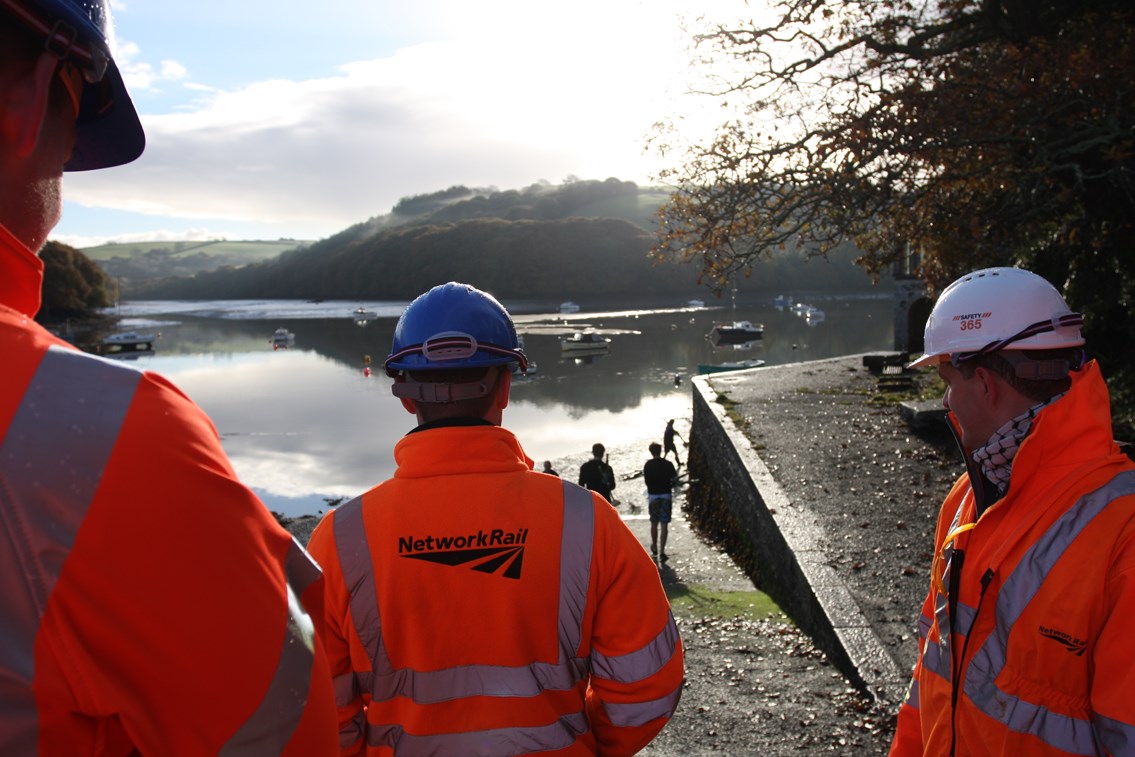Monday 16 Dec 2013
Keeping the workforce safe – new Sentinel smart cards rolled out
- Region & Route:
- National
With 67,000 people qualified to work trackside on Britain’s railways, keeping track of everyone and keeping them safe has never been so important.
By January 6, new Sentinel smart cards will have completely replaced the previous cards, which will no longer be accepted.
These smart cards offer a step-change in safety, as they allow for records to be instantly updated and closer monitoring of staff hours on duty.
Network Rail’s safety and sustainable development director, Gareth Llewellyn, said: “I cannot emphasise enough how important safety is to us and how committed we are to looking after the people who work with us.
“Sentinel smart cards are vital to improving our ability to do that, and they also offer a means of improving the efficiency of our operation on the ground. Being able to ensure people have the correct competences for the task will make us safer and more efficient. This is a hugely positive development for us and helps us continue to bring everyone home safe, every day.”
Previous Sentinel cards carried all competencies and other details printed on their faces, and therefore needed to be sent away for reprinting when circumstances changed. The new smart cards use an RFID chip (radio frequency identification) which can be read by card readers hooked up to a PC, and more importantly they have a QR (quick response) code on the face, which can be read by smart phone. The data read by the phone is then sent to the Sentinel data base, which responds with the details of the person whose data is held on the card.
It also means data can be updated instantly.
Mr Llewellyn added: “Our supply chain has really embraced the new card and in fact become an advocate of them. We are all working together to complete the roll-out across the country.”
For further details please go to www.railsentinel.co.uk
Notes to editors
More than 51,000 Sentinel smart cards have been rolled out so far and the old-style cards are valid until January 6.
The new cards allow trackside access for staff who are PTS (personal track safety) trained and provide details such as: Machinery competencies, drug and alcohol tests and hours worked.
The rollout of the new card to Network Rail staff began this summer and then the supply chain followed on September 25 this year.
The new Sentinel card works as a smart ID card; the details of competencies, hours worked and other information is stored on the central database.
The cards can be interrogated via smart phone or PC with card reader, but there are also web and hotline options for those without access to technology.
To gain a Sentinel card you must be sponsored by one individual, with an absolute limit of two further sub-sponsors.
Contact information
Passengers / community members
Network Rail national helpline
03457 11 41 41
Latest travel advice
Please visit National Rail Enquiries
Journalists
Network Rail press office - National
020 3356 8700
mediarelations@networkrail.co.uk
About Network Rail
We own, operate and develop Britain's railway infrastructure; that's 20,000 miles of track, 30,000 bridges, tunnels and viaducts and the thousands of signals, level crossings and stations. We run 20 of the UK's largest stations while all the others, over 2,500, are run by the country's train operating companies.
Usually, there are almost five million journeys made in the UK and over 600 freight trains run on the network. People depend on Britain's railway for their daily commute, to visit friends and loved ones and to get them home safe every day. Our role is to deliver a safe and reliable railway, so we carefully manage and deliver thousands of projects every year that form part of the multi-billion pound Railway Upgrade Plan, to grow and expand the nation's railway network to respond to the tremendous growth and demand the railway has experienced - a doubling of passenger journeys over the past 20 years.
Follow us on Twitter: @networkrail
Visit our online newsroom: www.networkrailmediacentre.co.uk

